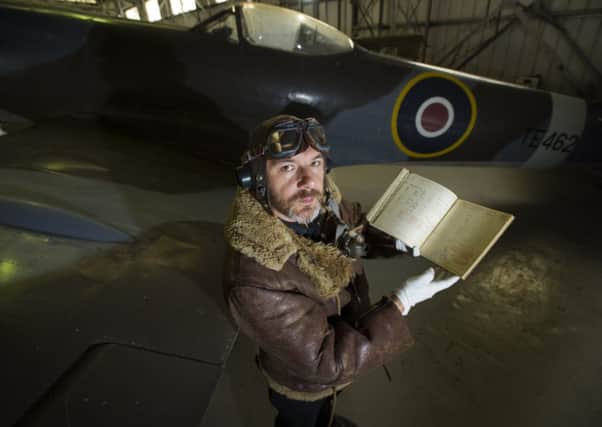Flight museum to get £3.6 million facelift


A new heating system will also be installed in two hangars as part of a £3.6 million facelift.
Bosses say that will help preserve the structures at the former RAF East Fortune station in East Lothian, which were originally designed to have a lifespan of just ten years.
Advertisement
Hide AdAdvertisement
Hide AdOnce the work is complete, the hangars will be used to display some of Britain’s most famous military aircraft, including an English Electric Lightning – the RAF’s first supersonic airplane, which could match the speed of the Concorde.
An RAF Panavria Tornado, the likes of which were deployed to Iraq during the Gulf War, will also be on display in the freshly renovated facility. The other hangar will house smaller commercial and leisure aircraft dating as far back as 1939. Its stock will include the rugged Twin Peak – one of the first-ever designs produced by the Prestwick-based Scottish Aviation.
A Britten Norman Islander, which was an agricultural staple on the Isle of Wight in the 1950s, will also go on show.
The revamp was announced by National Museums Scotland after it won a £1.3m grant from the Heritage Lottery Fund to add to a previously promised Scottish Government handout of £1.8m.
Steve McLean, general manager of the museum, said one of the most important aspects of the renovation would be the unveiling of long-forgotten uniforms, documents and photographs charting the airstrip’s 100-year history.
“At present, these hangars are in the exact same condition they were in during the Second World War – meaning that they can’t house a lot of our more delicate items, because they wouldn’t have been fully protected from the elements,” he said.
“Now, we’ll be able to install heating and climate control so that we can bring those items out into the open, many of which have never been out of storage or seen by members of the public.”
Colin McLean, head of the Heritage Lottery Fund in Scotland, said that new, interactive activities would be introduced to help visitors learn first-hand how the planes were built and operated. “With new modern displays and imaginative interactive activities, visitors will gain a greater understanding and appreciation of our national aviation collection,” he said.
The museum’s civil and military hangars will close in November and reopen in 2016.